Antiestrogens are a group of drugs that are used exclusively in women to treat breast cancer. These are injection solutions that remain in the body for a longer period of time and treat breast cancer there, but cannot completely eliminate it.
What is antiestrogen?

Antiestrogens are usually cytostatics that are used solely for the treatment of breast cancer. The goal of these drugs is to prevent the cancer from growing. These drugs cannot reverse diseases of this type.
Since antiestrogens are based on an inhibition of the female sex hormone estrogen, drugs of this type usually have no effect in men. Because they are well tolerated and there are hardly any interactions with other drugs, antiestrogens are often prescribed for the treatment of breast cancer.
Pharmacological effect
Unless there are side effects, antiestrogens should only react to the growth of the cancer and not affect organs or other body functions.
Medically speaking, antiestrogens prevent the female sex hormone estrogen from attaching to what are known as estrogen receptors. At the same time, the density of the estrogen receptors themselves also decreases. Since the growth of cancer is directly hormonally controlled and antiestrogens slow down the production of hormones, the growth of the cancer is also inhibited in this way.
Antiestrogens cannot completely remove breast cancer. Medicines of this type are therefore always only to be understood as complementary therapy to existing, more aggressive intervention methods. They are still used frequently because, while the side effects are numerous, they rarely actually occur.
Antiestrogens are also one of the most commonly administered drugs in Germany, as the risk of breast cancer is around 8% and around every twelfth woman will develop it at some point in her life. Common drugs from the group of antiestrogens are for example tamoxifen, anastrozole and fulvestrant. The exact pharmacological effect is quite similar for all drugs of this type.
Medical application & use
In medicine, antiestrogens are mainly used to treat breast cancer in female patients. The stage of breast cancer is irrelevant, so antiestrogens can be used both in the early stages and in advanced cancer.
Antiestrogens are only administered as a solution for injection, although the exact amount of the drug varies depending on the preparation and the patient. There are no antiestrogens in tablet form in research or development. The half-life of the drug in the body is very long with an average of 50 days. During this time the patient must not become pregnant and antiestrogens must not be taken while breastfeeding.
Since some tumors are resistant to certain antiestrogens, three different drugs are widely used in medicine, at least one of which should fight the existing breast cancer. Furthermore, antiestrogens must not be administered if there are severe liver dysfunction or hypersensitivity to the active substance itself is indicated. Antiestrogens are not used to prevent breast cancer and are not an alternative to more aggressive treatment methods if the cancer is very advanced.
Risks & side effects
Antiestrogens such as fulvestrant are more likely to cause hot flashes in patients. In addition, the gastrointestinal tract is impaired in the form of nausea and vomiting and (less often) persistent diarrhea.
Furthermore, antiestrogens can be responsible for causing urinary tract infections or causing mild to moderate headaches. In addition, because it is a solution for injection, it may cause irritation at the injection site in the form of a rash or itching. In very rare cases, antiestrogens are known to cause thrombosis or embolism.
Joint discomfort can also be a result of the side effects of antiestrogens. However, all side effects mentioned occur with a frequency of less than 1%, so that it is generally a relatively low side effect group of drugs. The age or weight of the patients also play no role in the development of side effects.


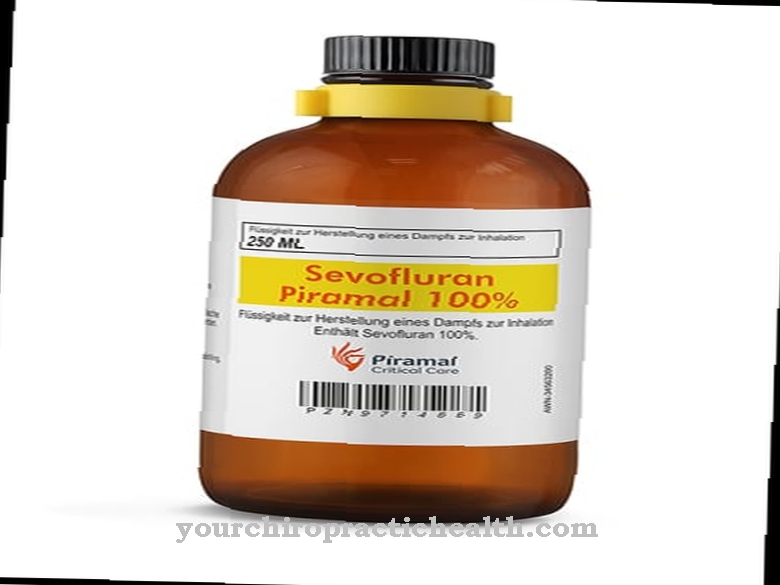
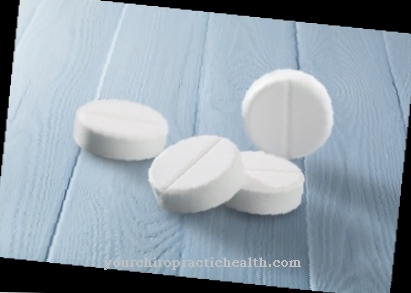
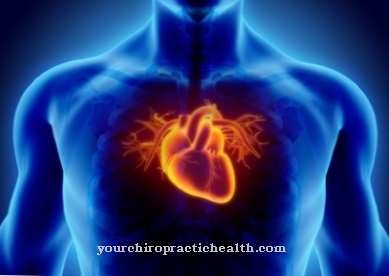
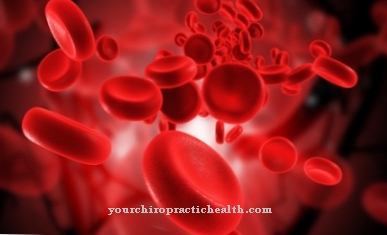
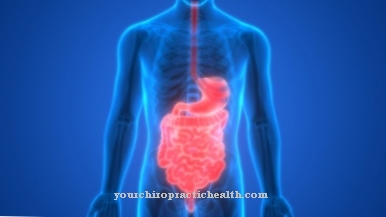





















.jpg)